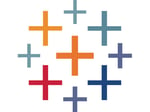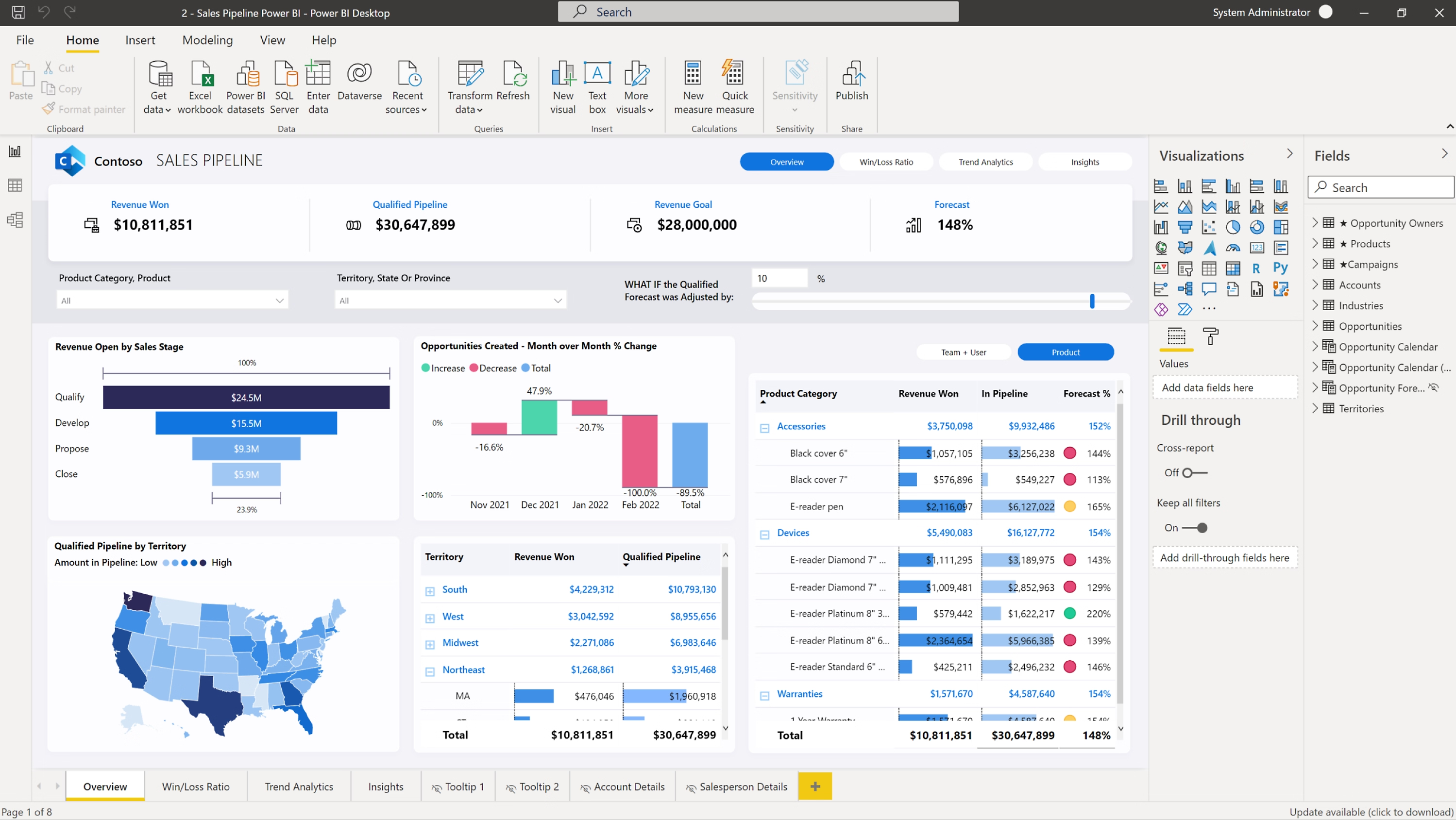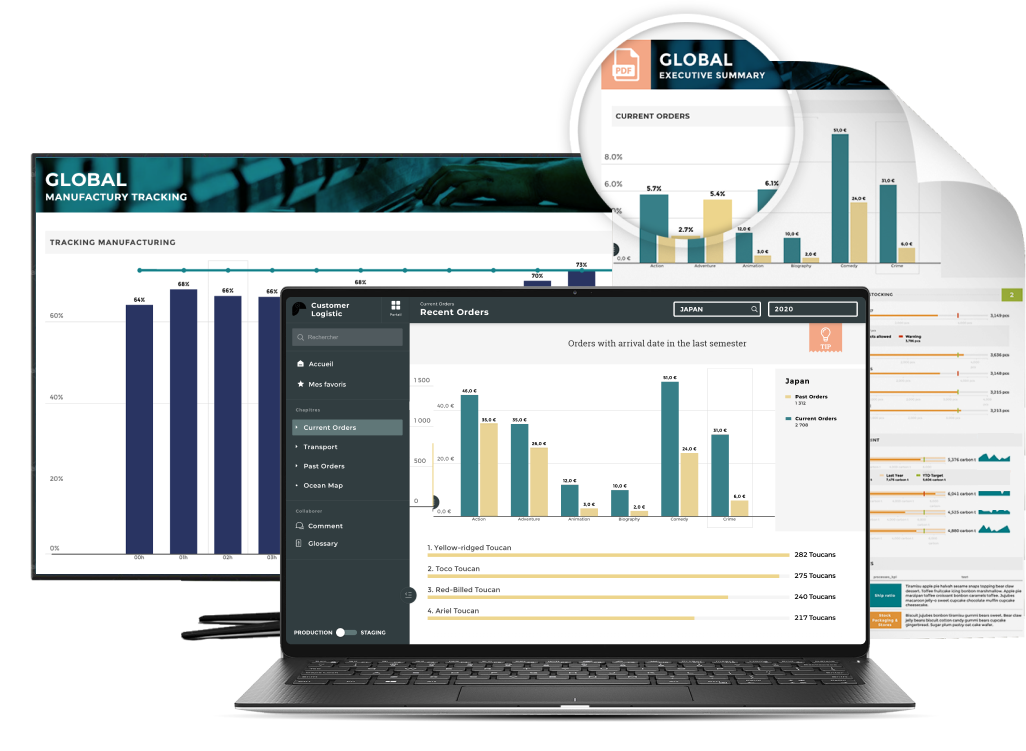
Introduction
Sisense is renowned for its powerful analytics and data integration capabilities but may not be the best fit for every organization due to its complexity and cost. If you’re looking for easier usability, better integration, advanced features, or cost-effective solutions, several strong alternatives exist. This article delves into the top five Sisense alternatives, highlighting their key strengths and ideal use cases.
Comparison Criteria
When evaluating alternatives to Sisense, we considered:
- Ease of Use
- Integration Capabilities
- Cost
- Support and Community
- Customization Options
1. Toucan

Use Case:
Best for organizations needing to create engaging data experiences for their customers and users. Best to embed analytics in a SaaS product.

Features:
- no-code environment: Fastest for technical users, easy to manipulate for non-technical users.
- data storytelling framework: helps create engaging and compelling data visualizations.
- Data prep features: YouPrep™ allows easy data manipulation.
Pros:
- User-friendly interface
- Quick setup and deployment
Cons:
- Limited advanced analytics features
Pricing:
Toucan offers flexible pricing plans tailored to different business sizes. Contact their sales team for detailed pricing.
User Reviews:
The tool perfectly fulfills its embedded analytics role. The interface is very pleasant compared to many other tools. Tiles and stories are very easy to build, and the various filtering and cross-filtering possibilities between graphs offer your users excellent data readability. The UI is top-notch.
- Simon A. - Data analyst for from G2
2. Tableau

Use Case:
Best for organizations that need advanced and interactive data visualizations for in-depth data analysis.

Features:
- Powerful Visualizations: Renowned for its data visualization capabilities.
- Wide Range of Data Sources: Connects to numerous data sources seamlessly.
Pros:
- Excellent for data visualization
- Strong community and support resources
Cons:
- Can be costly, especially for larger teams
- Requires some technical knowledge for optimal use
Pricing:
Tableau offers various pricing options, including a free trial. Detailed pricing is available on their website.
User Reviews:
The setup and learning curve is very difficult. the tool is not easy to use, creating dashboards and ratio ads feels time consuming and difficult, don't use it particularly well and I think I benefited greatly from its ability. - Ankit R. - data engineer - mid market
3. Power BI

Use Case:
Perfect for businesses already using Microsoft products looking for seamless integration with their existing systems.

Features:
- Seamless Integration: Works well with other Microsoft products.
- Comprehensive Analytics Tools: Offers extensive data visualization and analytics features.
- Affordability: Competitive pricing options, including a free version.
Pros:
- Excellent integration with the Microsoft ecosystem
- Affordable and scalable
Cons:
- Can be complex for non-technical users
- Limited customization compared to other tools
Pricing:
Power BI offers a range of pricing plans, including a free version and premium options. Details are available on their website.
User Reviews:
"while Microsoft Power BI Desktop offers a range of powerful features, it's not without its challenges. The learning curve, potential licensing costs, and resource-intensive nature of the software can be factors that some users find disadvantageous, particularly when they are new to the tool or working with limited resources." - Nick V. - Mid Maket - From G2
4. Qlik Sense

Use Case:
Best for technical teams requiring deep customization and advanced data analytics capabilities.

Features:
- Associative Engine: Allows for advanced data exploration and analytics.
- Custom Scripting: Offers powerful customization options.
Pros:
- Advanced analytics and customization
- Strong data integration and exploration capabilities
Cons:
- Steeper learning curve
- Higher cost for premium features
Pricing:
Qlik Sense offers various pricing tiers, including a free version. More details are available on their website.
User Reviews:
Powerful data modeling and rapid dashboard delivery which doesn't require a data warehouse or data cubes in place.
The tool could be expensive and you have to pay separately for different capabilities. For instance have to buy addon for just the alerting feature. Similarly for a large audience or ability to publish the visualizations publicly could be expensive.
Ahrmed S. - Program Manager, Solution Architect & Analyst- GCAA Websites and Apps-
Review collected by and hosted on G2.com.
5. Looker

Use Case:
Ideal for organizations that need robust data modeling and real-time analytics, especially those using Google Cloud.

Features:
- LookML Language: Allows for powerful data modeling.
- Google Cloud Integration: Seamlessly integrates with Google Cloud services.
- Real-Time Data Analysis: Provides real-time insights and dashboards.
Pros:
- Strong data modeling capabilities
- Excellent integration with Google Cloud
Cons:
- Steeper learning curve due to LookML
- Can be expensive for small businesses
Pricing:
Looker offers custom pricing based on the needs of the business. Contact their sales team for detailed pricing.
User Reviews:
"Looker is a very powerful BI tool with a vast array of visualisations that are used to power decision making at the company. Geospatial analytics is particularly useful to a business like ours and Looker is one of the best in the game at that.It is not the most useable BI tool and often requires significant engineering to get it where you need it to be to drive insights across a business. It isn't the most flexible intuitive tool when it comes to creating visualisations quickly."
Conclusion
Each of these Sisense alternatives offers unique features and benefits, catering to different business needs. Whether you prioritize ease of use, advanced analytics, or cost-effectiveness, there is an option that can meet your requirements. Evaluate your specific needs and choose the tool that best aligns with your business goals.






